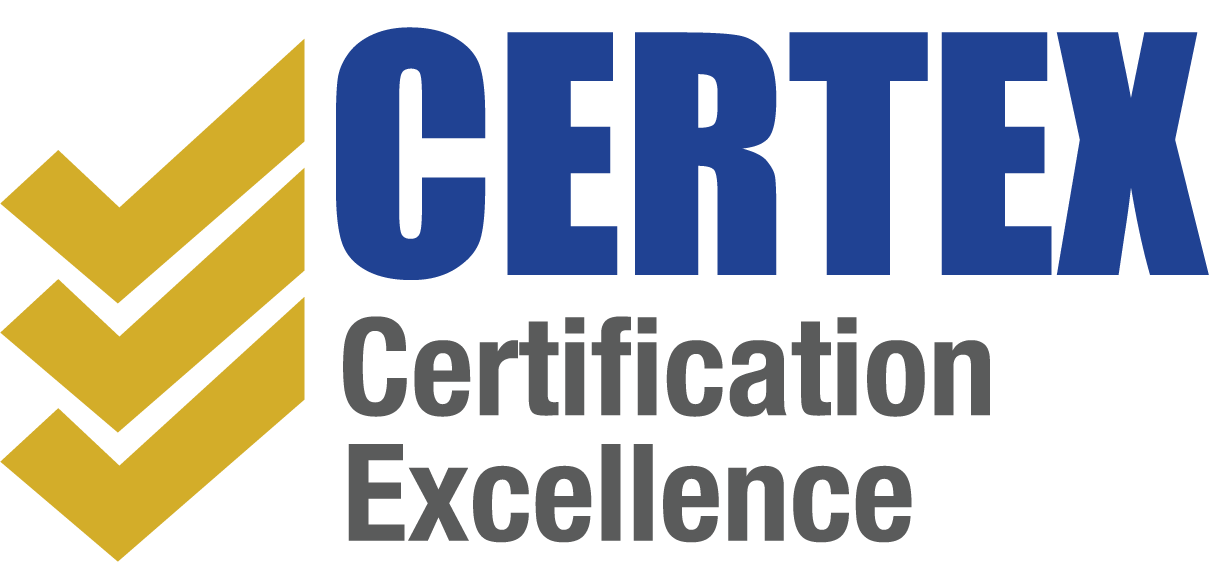Sexual Harassment in the Workplace
A timely light is being shone on some of the insidious problems in workplaces - from small businesses all the way to Federal Parliament. With these concerns at the forefront of the nation’s consciousness, there has never been a better time to assess the way your business approaches sexual harassment.
What are your obligations as an employer? What can do you to help an employee? And can you prevent harmful culture? We have put together some information to get you thinking.
Duties
The various health and safety legislations in Australia all state that employers must eliminate or minimize the risks to the health and safety of workers or other persons in so far as reasonably practicable.
What often is forgotten is that sexual harassment falls under the purview of risks to workers!
What can employers do?
One of the best ways to meet these obligations is to set the appropriate standards and foster a culture that is healthy and respectful. Safe Work suggests implementing policies that set clear expectations about acceptable (and unacceptable) behaviours in the workplace and providing that important information to workers, supervisors and managers.
The Australian Human Rights Commission also conducted a survey in 2018 which found that the majority of people who were sexually harassed did not actually report the incident. There are a number of reasons why workers may be reluctant to report sexual harassment including fear of blame (additional harm, discrimination or disadvantage), asymmetric power dynamics between the perpetrator and victim, or even a belief that the incident was not sufficiently serious.
This only serves to highlight the importance of ensuring all workers are aware of their rights and that any reporting framework that is not only put in place but communicated to all workers. Along with encouraging workers to report any sexual harassment it is also crucial that the discussed reasons why victims may be reluctant to come forward are considered in the very formulation of reporting frameworks.
What can workers do?
Safe Work has provided some guidance for workers who have either experienced sexual harassment or if they have witnessed sexual harassment in the workplace.
Responding to sexual harassment
Ultimately how to proceed in these scenarios will depend on the specific circumstances and the nature of differing incidents will often call for different responses.
Safe Work suggests that workers may try to resolve the situation directly with the other involved person, to provide feedback in the event that the other person does not realise that their behaviour makes others feel uncomfortable.
Additionally, the worker may seek support from other workers, nearby persons, or security personnel.
If the situation calls for it, it may be more appropriate for the worker to remove themself from the situation, retreating to a safe location. The worker may also consider asking the harasser to leave the work area or disconnect them from a phone call.
It may also be relevant to consider seeking help from the Police, particularly if the behaviour involves violence (such as physical assault or the threat of physical assault). Additionally, certain forms of sexual harassment may constitute criminal acts (including indecent exposure, stalking, and obscene or threatening communications) and any such matters should be referred to the Police.
Seeing or hearing about sexual harassment
If someone else has experienced sexual harassment in the workplace, Safe Work also offers guidance on how other employees can respond.
If the worker feels comfortable and safe enough, they can speak up and inform the perpetrator that they object to their behaviour and ask them to stop.
Alternatively, Safe Work suggests that one of the best things to do if some else has been sexually harassed is to listen to them and ask them what support they need. Assisting them in finding resources to help them decide how to proceed may also be helpful.
The challenge in the circumstances is balancing the importance of reporting any sexual harassment to the relevant supervisor, human resources area or designated person against the privacy concerns of the victim. However, certain members of an organisation may be under different duties to report sexual harassment.
Again, Safe Work points out that what action is taken will be dependent on the circumstances and that the focus should be on your safety as well as the safety of the person who has been (or is being) harassed.
Additional resources
If you are looking for more resources on how your business can improve your protocols in relation to sexual harassment, Safe Work has published a number of guides on how to prevent sexual harassment (and respond to reports), guides geared towards small businesses.
The Australian Human Rights Commission has also released their own resource on how small and medium sized businesses can reduce workplace sexual harassment.

